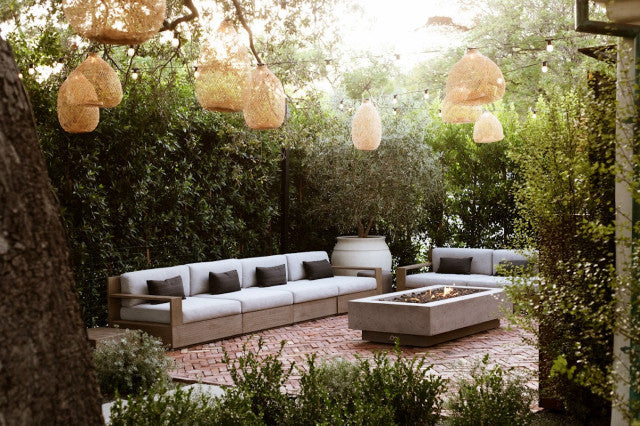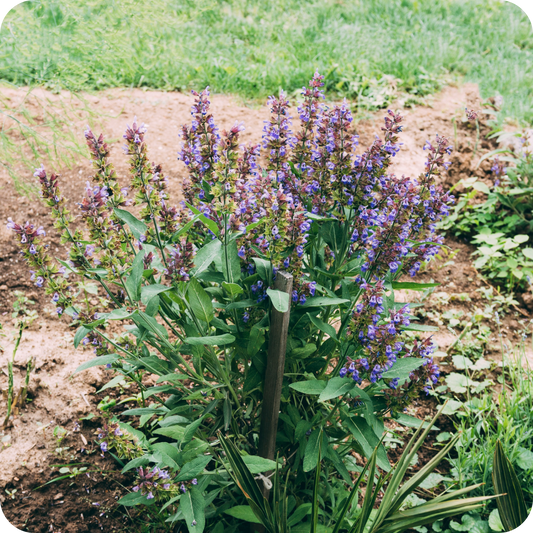Creating privacy in your outdoor space is essential for enhancing comfort, relaxation, and intimacy. Plants offer a natural and aesthetically pleasing way to achieve privacy while adding beauty, shade, and even fragrance to your garden or patio. Here’s a guide on using plants effectively to create privacy in your outdoor living area:
1. Choose Tall and Dense Plants
Attributes: Select plants with a dense growth habit and sufficient height to provide effective screening. Evergreen plants offer year-round privacy, while deciduous varieties provide seasonal interest.
Examples:
- Arborvitae (Thuja occidentalis): Tall and narrow evergreen with dense foliage.
- Bamboo (Bambusoideae spp.): Fast-growing and tall, ideal for creating a living fence.
- Privet (Ligustrum spp.): Dense shrubs with glossy leaves that can be trimmed into a formal hedge.
2. Layered Planting for Depth
Attributes: Use a combination of plants with varying heights and densities to create layers of privacy. Plant taller specimens in the back and shorter ones in the front for a layered effect.
Examples:
- Tall Grasses (Miscanthus spp.): Ornamental grasses that provide height and movement.
- Shrubs (such as Viburnum spp.): Medium-height plants with dense foliage.
- Ground Cover Plants (such as Vinca minor): Low-growing plants that fill in gaps and provide uniform coverage.
3. Consider Flowering and Fragrant Plants
Attributes: Incorporate flowering and fragrant plants to enhance visual appeal and sensory experience while still providing privacy. Choose varieties that bloom at different times for continuous color and fragrance.
Examples:
- Lilac (Syringa spp.): Fragrant blooms in spring with dense foliage.
- Climbing Roses (Rosa spp.): Provide vertical coverage with colorful blooms and thorny deterrents.
- Honeysuckle (Lonicera spp.): Fragrant flowers and dense foliage that attract pollinators.
4. Utilize Trellises and Arbors
Attributes: Install trellises, arbors, or pergolas to support climbing plants and vines that create a natural privacy screen. These structures add architectural interest while maximizing vertical space.
Examples:
- Climbing Hydrangea (Hydrangea anomala petiolaris): Adheres to walls and structures, providing lush greenery.
- Clematis (Clematis spp.): Colorful flowering vines that climb trellises and arbors.
- Wisteria (Wisteria spp.): Fast-growing vine with cascading clusters of fragrant flowers.
5. Evergreen vs. Deciduous Choices
Attributes: Choose between evergreen plants that maintain foliage year-round for continuous privacy or deciduous plants that offer seasonal interest with changing foliage and flowers.
Examples:
- Evergreen Trees (such as Leyland Cypress): Tall and dense for year-round screening.
- Deciduous Trees (such as Japanese Maple): Provide shade and privacy with seasonal changes in foliage color.
6. Maintain and Prune Regularly
Attributes: Regular pruning and maintenance ensure plants remain healthy, dense, and effective at providing privacy. Trim hedges and shrubs to maintain desired height and shape.
Examples:
- Hedge Trimmers: Use appropriate tools to trim and shape hedges like Boxwood or Privet.
- Pruning Shears: Maintain small trees and shrubs like Rose of Sharon or Red Twig Dogwood.
Conclusion
Using plants to create privacy in your outdoor space offers a sustainable and natural solution that enhances the beauty and functionality of your garden or patio. Whether you prefer evergreen shrubs for year-round screening, flowering vines for seasonal color, or a combination of tall grasses and layered planting, thoughtful selection and maintenance ensure your outdoor area remains a private sanctuary for relaxation and enjoyment.



